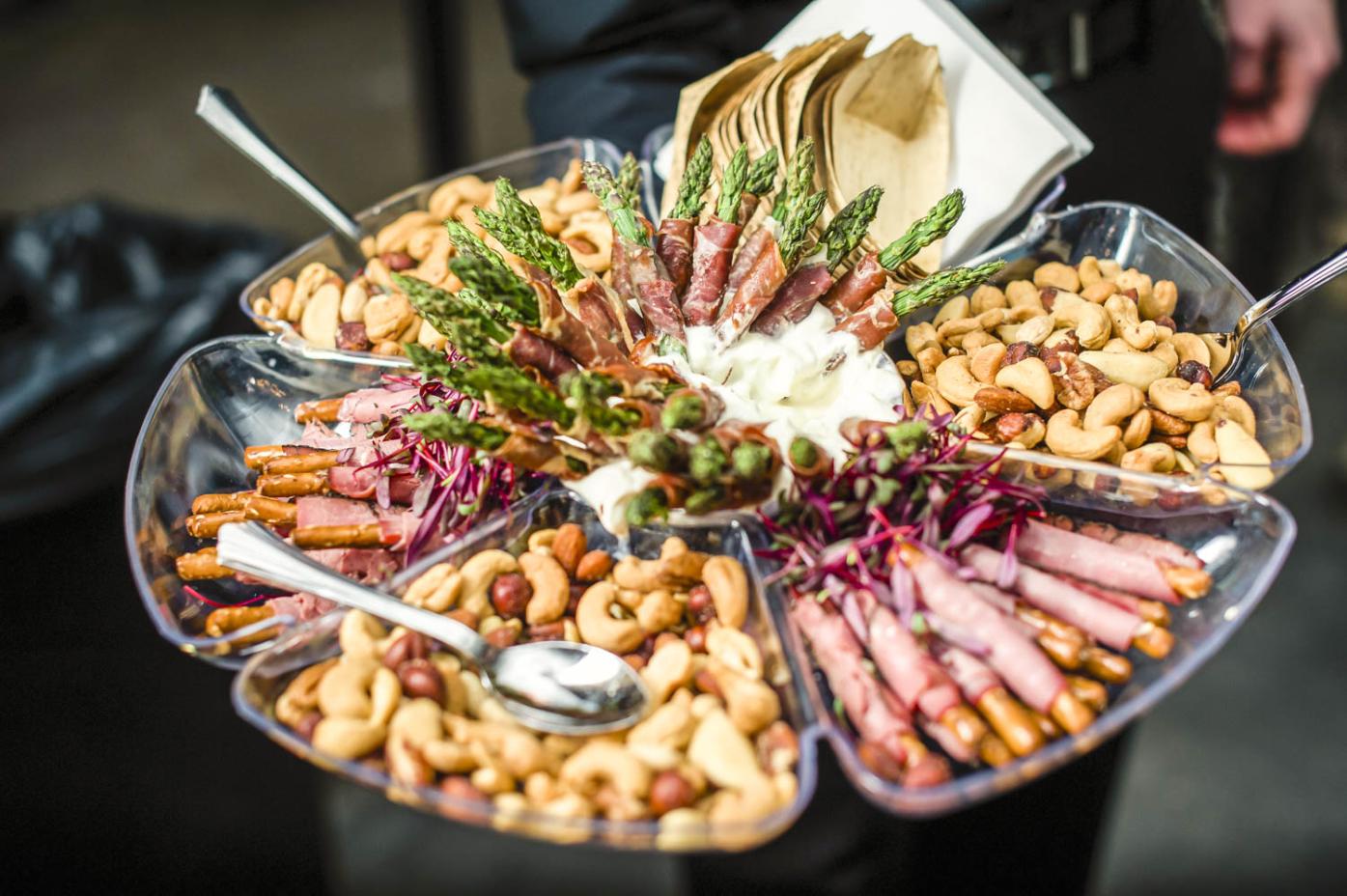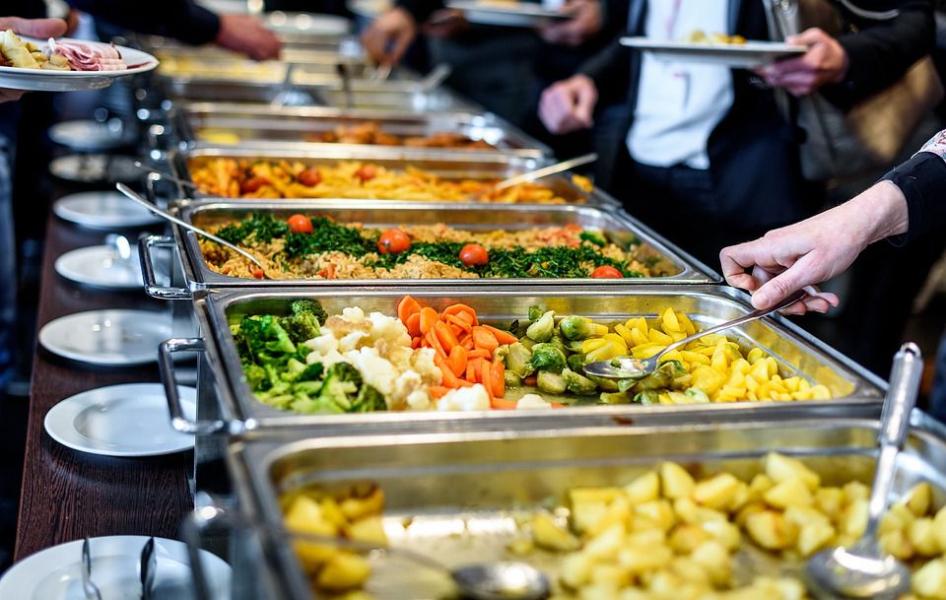How Can I Measure the Success of My Business's Catering Efforts and Make Continuous Improvements?
In the competitive world of catering, success is not just about serving delicious food. It's about creating memorable experiences, exceeding customer expectations, and driving business growth. To achieve this, it's crucial to measure your catering success and make continuous improvements.

Introduction:
- Defining Catering Success: Catering success encompasses various aspects, including customer satisfaction, sales and revenue, profitability, operational efficiency, and customer retention.
- Importance of Catering Success: Measuring catering success is vital for understanding your business's performance, identifying areas for improvement, and making data-driven decisions to enhance your catering operations.
- Purpose of the Article: This comprehensive guide aims to provide you with a step-by-step approach to measuring catering success and implementing continuous improvements to stay competitive and achieve long-term growth.
I. Setting Measurable Goals:
The foundation of measuring catering success lies in setting clear and measurable goals. SMART (Specific, Measurable, Achievable, Relevant, and Time-bound) goals provide a roadmap for your catering efforts and help you track your progress.
- Examples of SMART Catering Goals:
- Increase customer satisfaction by 10% within the next six months.
- Generate $100,000 in catering revenue per month by the end of the year.
- Achieve a gross profit margin of 20% for all catering events.
- Reduce food waste by 15% over the next quarter.
- Increase the number of repeat catering customers by 20% by the end of the year.
II. Key Performance Indicators (KPIs) For Catering Success:
Key Performance Indicators (KPIs) are quantifiable metrics that measure your catering business's performance against your goals. Tracking KPIs allows you to monitor your progress, identify strengths and weaknesses, and make informed decisions.
- Customer Satisfaction:
- Customer surveys
- Feedback forms
- Online reviews
- Sales and Revenue:
- Total sales
- Average revenue per event
- Profitability:
- Gross profit margin
- Net profit margin
- Operational Efficiency:
- Cost control
- Labor productivity
- Customer Retention and Loyalty:
- Repeat customers
- Customer lifetime value
III. Data Collection And Analysis:
Collecting and analyzing data is crucial for monitoring your KPIs and gaining insights into your catering business's performance. Various methods can be used to gather data, and appropriate data analysis techniques help you extract meaningful information.
- Data Collection Methods:
- Surveys
- Feedback forms
- Point-of-sale (POS) systems
- Customer relationship management (CRM) software
- Data Analysis Techniques:
- Descriptive statistics
- Trend analysis
- Customer segmentation
IV. Continuous Improvement Strategies:

Catering success is not a one-time achievement; it requires ongoing improvement to stay competitive and meet evolving customer demands. A structured approach to continuous improvement helps you identify areas for improvement, develop plans, implement changes, and monitor progress.
- Identify Areas for Improvement:
- Analyze data, customer feedback, and industry trends.
- Identify gaps between your current performance and your goals.
- Develop Improvement Plans:
- Set specific goals for improvement.
- Allocate resources and assign responsibilities.
- Create a timeline for implementation.
- Implement Improvements:
- Make changes to processes, products, or services.
- Communicate the changes to your team and customers.
- Monitor and Evaluate Progress:
- Track KPIs to measure the impact of improvements.
- Collect feedback from customers and employees.
- Make adjustments as needed.
V. Case Study Or Examples:
To illustrate the practical application of the discussed strategies, this section presents a case study or real-life examples of businesses that successfully measured their catering success and made improvements.
- Case Study: "Catering Company X's Journey to Excellence":
- Highlight the specific strategies and tactics they used to achieve success.
- Discuss the challenges they faced and how they overcame them.
- Showcase the positive impact of their efforts on customer satisfaction, revenue growth, and overall business performance.
VI. Conclusion:
Measuring catering success and making continuous improvements are essential for the long-term success of your catering business. By setting clear goals, tracking relevant KPIs, collecting and analyzing data, and implementing a structured approach to improvement, you can elevate your catering operations, exceed customer expectations, and drive sustainable growth.
Embrace the strategies and techniques provided in this comprehensive guide to enhance your catering success and stay competitive in the ever-evolving catering landscape.
YesNo

Leave a Reply